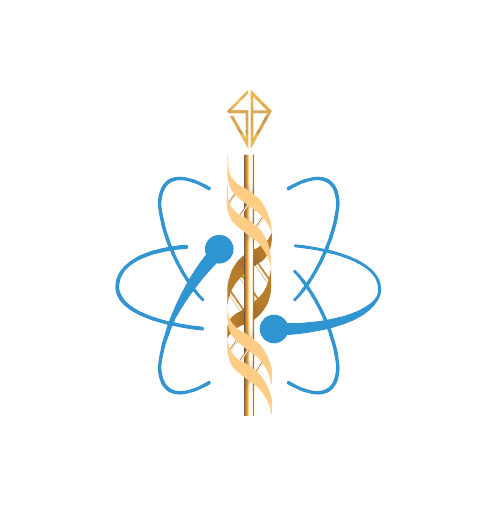- Food testing helps safeguard product quality, ensure its safety and determines health benefits or risks of any product. Food business operators have the responsibility to make sure they conduct food quality monitoring to comply with the food regulations and to protect public health.
- Food testing and analysis helps in providing food manufacturers with traceability in their industry and also be sure that their food products are safe, do not contain any contaminants, residues or bacteria as well as provide accurate nutritional information to consumers.
Water Testing :
Water testing is a broad description for various procedures used to analyze water
quality. Millions of water quality tests are carried out daily to fulfill regulatory
requirements and to maintain safety.
Testing may be performed to evaluate:
- Ambient or environmental water quality – the ability of a surface water body to
support aquatic life as an ecosystem. See Environmental monitoring, Freshwater
environmental quality parameters and Bioindicator. - Wastewater – characteristics of polluted water (domestic sewage or industrial
waste) before treatment or after treatment. See Environmental
chemistry and Wastewater quality indicators. - “Raw water” quality – characteristics of a water source prior to treatment for
domestic consumption (drinking water). See Bacteriological water analysis and
specific tests such as turbidity and hard water. - “Finished” water quality – water treated at a municipal water
purification plant. See Bacteriological water analysis and Category: Water quality
indicators. - Suitability of water for industrial uses such as laboratory, manufacturing
or equipment cooling.
Techniques that take place in a food testing laboratory:
- Analytical chemistry testing: This helps to identify, separate and even find the quantity of
the chemical components of natural and artificial materials in the food product such as pH,
additives, nutrients, preservatives, contaminants, minerals and much more. - Microbiology testing: This food testing helps food manufacturers identify the
microorganisms that inhabit the food and understand the safety of the raw materials used in
food production, ingredients as well as the final product. This is also used to test and examine
spoiled pathogens to prevent food poisoning outbreaks that are generally caused by the
products and the ingredients used in the products. This is also a necessity otherwise the whole
supply chain can be contaminated and disrupted in the process of food production, leading to
not only a danger to the general public but also a hefty loss of money. - Food allergen test: Food allergens are proteins that appear in huge quantities. It helps to find
the main target allergen in the ingredients and finished food product. Normally allergens are
tested in food products such as peanuts, gluten in grains, eggs, nuts and milk, etc. - Nutritional analysis: This area in food testing provides accurate information on the
nutritional content of food products. This gives manufacturers the required
details to include it on food packaging and ensure that they are following all
compliances and labelling regulations.


